The Tata Nexon has been given a new lease of life six years after its launch. We took both petrol and diesel cars for a spin in Jaipur.

Story: Joshua Varghese
Photography: Sanjay Raikar
In 2017, Tata Motors launched a car that cemented their footing in the modern compact SUV segment. The Nexon was the only car in its range that had a coupé-SUV body shape and it gained a lot of interest among buyers. So much so that it sold in big numbers, the most recent being five lakh units in cumulative sales. Of course, being the first Indian car to receive a full safety rating in GNCAP crash tests only added fuel to the fire. Six years down the line, Tata have decided to rekindle the flame with a comprehensive facelift and we went to Jaipur to drive the cars and bring you the essentials.
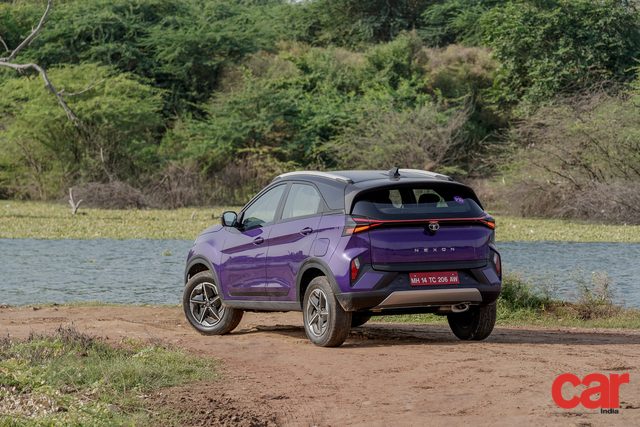
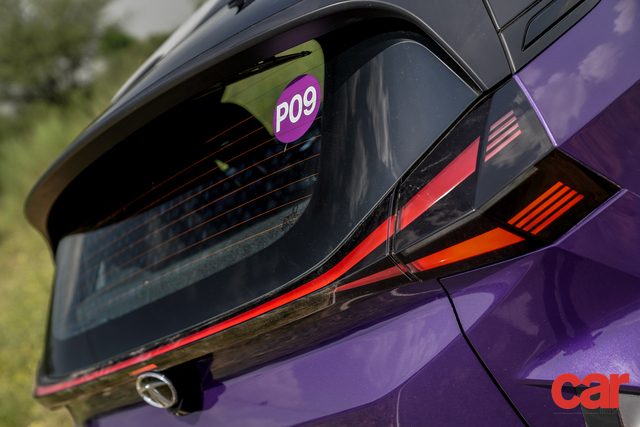
The most obvious change and one that gave the Nexon a lot of limelight on social media platforms was the new design. The silhouette of the car remains largely the same but with significantly revised front and rear ends. DRLs are separate and also the highest lighting element at the front of the car and they come to life with a dynamic lighting sequence. Just below them are the reworked grille and the stacked headlights and fog lights in the bumper. Tata claim that the 16-inch alloys have received some aerodynamic treatment and they are the most notable new elements in an otherwise unchanged profile. At the rear, changes are evident but not as radical as the ones in front. While the shape matches the outgoing model, the tail-light that runs the width of the boot is both reminiscent of the Avinya concept and also gives this car its own identity. It is endearing to see Tata bring some of the elements from their concepts to life. Furthermore, their choice of colours infuse a fresh lease of life into a segment that is overloaded with drab hues. Overall, the new Nexon is sleeker and more modern than the car it replaces. It is longer (five mm short of four metres), narrower and taller than the previous generation model.
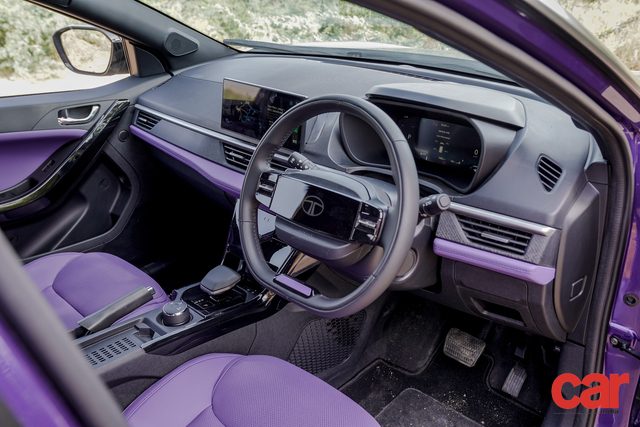
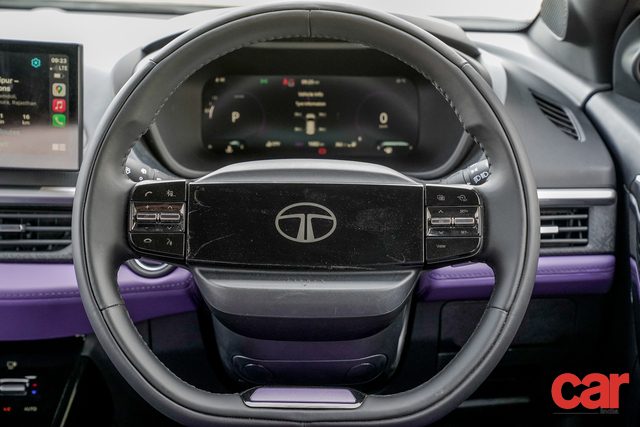
The sense of familiarity lingered when I opened the door and vanished just as quickly when I settled into the cabin. A two-spoke steering wheel in front of me was surprise enough but I was not expecting an illuminated logo in the middle of it. Where the instrument cluster should have been was a 10.25-inch console. It is highly customisable and capable of displaying maps too. Initially, it struck me as an over-indulgence but when I was using navigation on the 10.25-inch infotainment touchscreen and flicked the indicator, that display was instantly replaced by the wing mirror camera’s live feed. Then it made sense to have a secondary map display in front of the driver. It does get a 360-degree camera display too and it relays a high-definition output; among the best I have used in this segment.
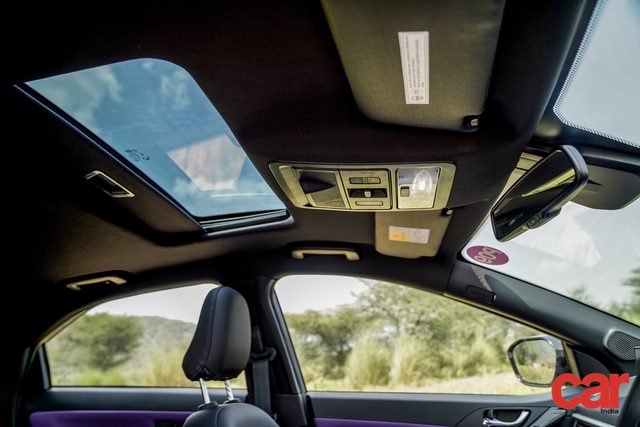
Significant upgrades to the tech was followed by revamped upholstery. We only drove the top-end cars and the purple petrol-DCT model’s interiors were done up to match the exterior, supported easily by materials of good quality along the dashboard and other surfaces. In comparison, the interior of the top-end diesel-manual appeared bland. Convenience has also been taken up a notch by providing ventilated seats for the front row and it begins cooling instantly. Furthermore, Tata have replaced most of the buttons on the centre console with a touchscreen unit. The new, sleek layout frees up a lot of room and also adds to the cabin’s premium appeal. Storage spaces and access to said spaces has been revised but some things including the placement of the mirror adjuster could have been improved.

A good driving position is easy to find in the petrol-DCT Nexon but the placement and angle of the clutch pedal in the diesel car needs getting used to. Space in the front row is generous and the seats are comfortable too but the same cannot be said for the second row, at least for tall passengers. The sloping roofline limits headroom and legroom is just about enough as well but the boot space has increased by a small margin.
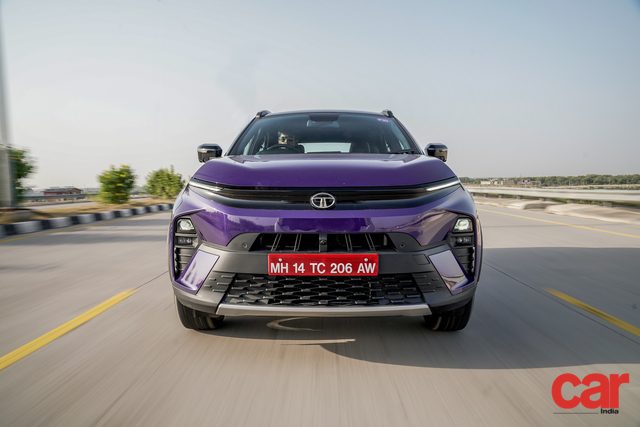
That is the majority of change in the new Nexon because almost no revisions have been made to the engine and chassis. I said ‘almost’ because while the 1.5-litre, four-cylinder, turbo-diesel engine develops 115 hp at 3,750 rpm and 260 Nm between 1,500-2,750 rpm and is offered with a choice of the same six-speed manual transmission or six-speed AMT, the petrol model has something new. The 1.2-litre, three-cylinder, turbo-petrol engine produces the same 120 hp at 5,500 rpm and 170 Nm between 1,750-4,000 rpm. Transmission choices on offer include the six-speed manual and six-speed AMT but now it is also offered with a seven-speed dual-clutch automatic. Both AMT and DCT variants also get a new gear knob and paddle-shifters.

The diesel engine itself is quite alright. The torque is available from 1,500 rpm onwards and in most cases, one is hardly inconvenienced. While ascending the hill towards Nahargarh Fort, whenever I had to slow down due to traffic, a quick overtake in second gear was difficult. Otherwise, the diesel-manual combination performed well. Considering the segment it is contesting in, I expected Tata to improve the refinement of the engine and cabin but those levels remain the same. The gear shifts could have been better too.
The petrol-DCT is another story entirely. For a three-cylinder, the Revotron engine performs well and builds up power quickly. I would not describe it as sporty but the way it rushes through the revs is exciting and that thrill is complemented well by the transmission. The shifts are not instant but quick enough to have a fun time with the paddle-shifters and my initial impression is that this is what the Nexon should always have had.

The suspension department remains unchanged as do the brakes. The former never needed any help anyway. The steering feel is neutral and allows one to control the car confidently and the set-up keeps it planted around corners at good pace. The petrol DCT Nexon felt the most involving to drive because it came close to utilizing the potential of the chassis. In fact, after a spirited drive across some tight switchbacks and empty highways, I would even say that, this configuration of the car could be further rewarding to drive with a more powerful engine. Ride quality is slightly on the stiffer side but the damping ensures most of the harshness is dissipated before it reaches the cabin.
Tata’s commitment to safety continues and they have equipped the car with as many as six airbags and given that they were able to get a five-star rating for the previous model, we expect them to do well in Bharat NCAP also. The brakes do a fine job of slowing the car down but I feel Tata could have used this opportunity to equip the Nexon with disc brakes all around.
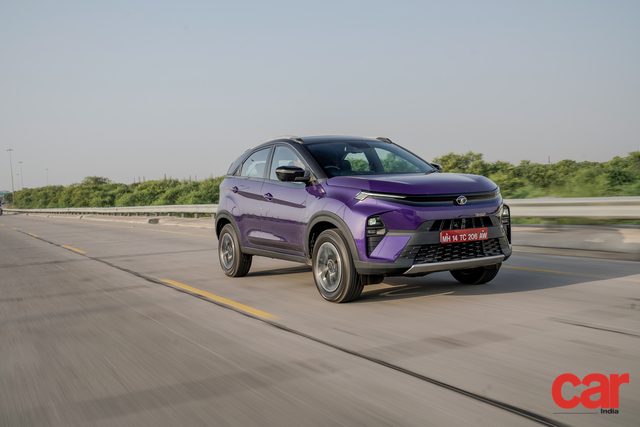
At the time of the drive, we did not have the pricing but we expect it to be about Rs 14 lakh for the petrol-DCT and just over Rs 15 lakh for the diesel-AMT. Tata have got a lot of things right with the new petrol Nexon (particularly, the DCT variant) and the diesel-AMT could be tempting too. There are things that could benefit from improvement but ultimately, the success of the new Nexon will boil down to the pricing. As it always was, the Nexon continues to be a car that meets the needs of a small family. Now, it looks more modern than ever while doing so.
Watch the full video review here:
Edit (14-09-2023)
Pricing (introductory, ex-showroom):
1.2-litre Petrol MT:
Smart – Rs 8.10 lakh | Smart+ – Rs 9.10 lakh
Pure – Rs 9.70 lakh
Creative – Rs 11.00 lakh | Creative+ – Rs 11.70 lakh
Fearless – Rs 12.50 lakh | Fearless+ – Rs 13.00 lakh
1.2-litre Petrol AMT: From Rs 11.70 lakh
1.2-litre Petrol DCA: From Rs 12.20 lakh
1.5-litre Diesel MT: From Rs 11.00 lakh
1.5-litre Diesel AMT: From Rs 13.00 lakh
Also Read: Mercedes-AMG SL 55 4MATIC+ Test Review


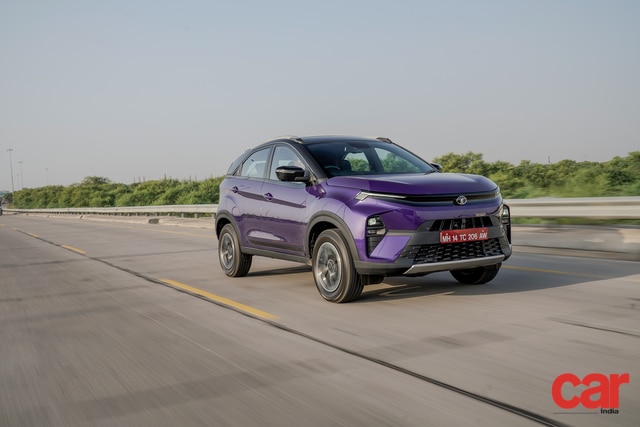


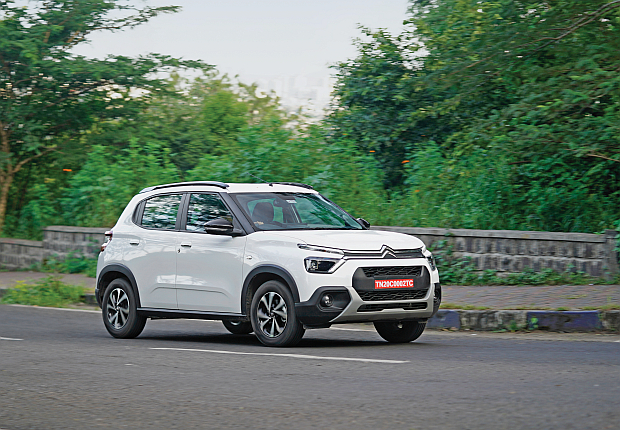
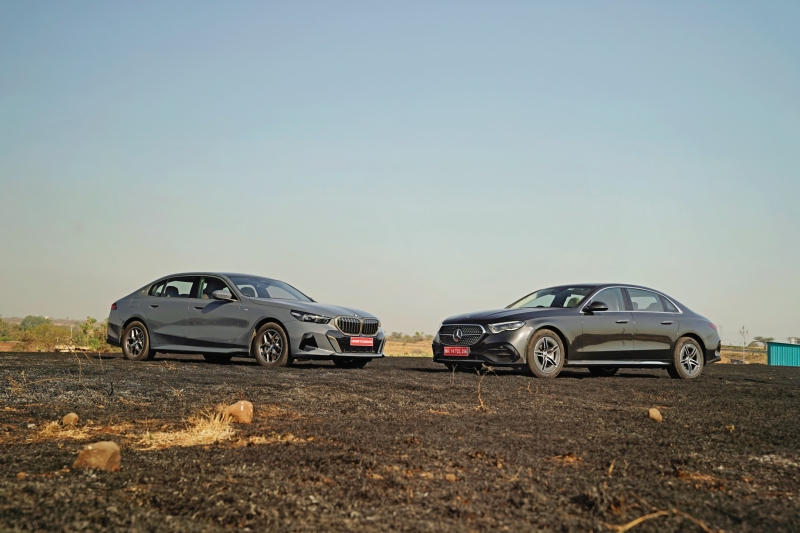

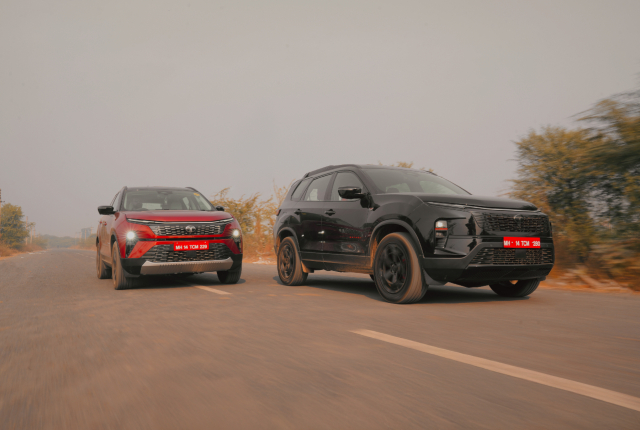
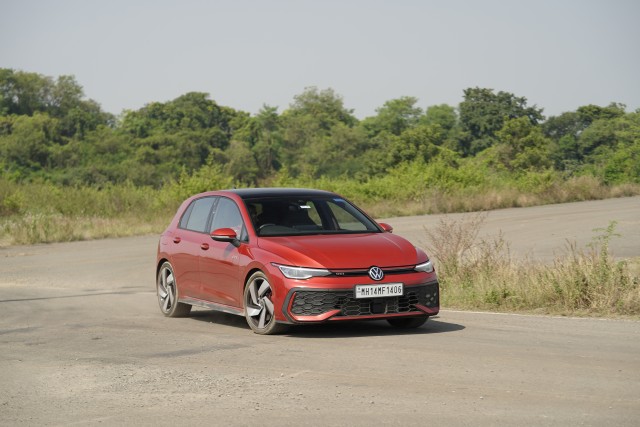










Leave a Reply